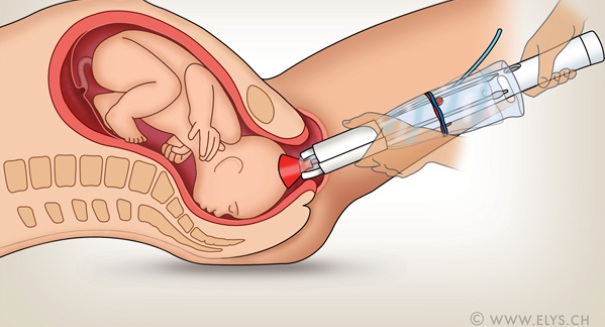
The Odón Device has won research grants from the United States Agency for International Development and from Grand Challenges Canada.
After watching a YouTube video on removing a cork stuck in a wine bottle, Jorge Odón had a strange dream that night. The New York Times reports that Odón thought the same technique could be used to save a baby that was stuck in the birth canal. Odón, a 59-year-old Argentine car mechanic, set to work building his first prototype. With the help of his family, he created the prototype in his kitchen. He used a glass jar for a womb, his daughter’s doll for the trapped baby, and a fabric bag and sleeve sewn by his wife as his lifesaving device.
The result? The Odón Device. According to its website, the Odón Device is a new low-cost instrument to deliver the fetus when complications occur during the second stage of labor. Moving beyond the household products of the prototype, the finished device is made of film-like polyethylene material and may be potentially safer and easier to apply than forceps and vacuum extractor (contraindicated in cases of HIV infection) for assisted deliveries. This device may also be a safe alternative to some Caesarean sections in settings with limited surgical capacity and human resource constraints.
Along the way, the Odón Device has won research grants from the United States Agency for International Development (USAID) and from Grand Challenges Canada. The chief executive of Grand Challenges Canada speaks positively about the device, noting that, of the innovations receiving grant money, this one is the furthest along in development. The device has also had the support and cooperation of the World Health Organization (WHO). The final product will be manufactured by Becton, Dickinson and Company (BD) of Franklin Lakes, N.J., which is best known for making syringes.
The WHO describes the device as innovative because it has the ‘potential to save the lives of mothers and newborns during the birthing process. Complications due to prolonged second stage of labor include potentially fatal maternal (hemorrhage, infection) and newborn complications (birth asphyxia and trauma). Currently, about 10 percent of the 137 million births worldwide each year have potentially serious complications. About 5.6 million babies are stillborn or die quickly, and about 260,000 women die in childbirth. Obstructed labor, which can occur when a baby’s head is too large or an exhausted mother’s contractions stop, is a major factor in birthing complications.
In wealthy countries, complications often mean a rush to the operating room to perform a C-section. On the other hand, poor countries mean the woman just has to keep trying to get the baby out. This device has the potential to help women on both ends of this spectrum.
Leave a Reply